

Position: Currently Director of Fisheries Management, Ministry for Primary Industries. Previously Fire scientist, Scion. Field: Rural (vegetation) fire behaviour and management. Stuart began his ...
READ MORE

Position: Resilience to Wildfires Leader, Scion Field: Social wildfire research Lisa Langer is a social research scientist. One of her current areas of focus is social research for rural fire ...
READ MORE
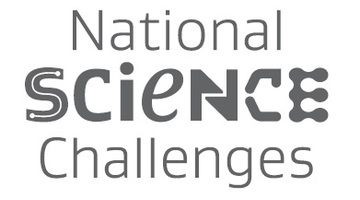
As New Zealanders looking to the future, we are faced with many opportunities – and challenges. These include improving the health of all our people, advancing our economic growth, protecting our ...
READ MORE
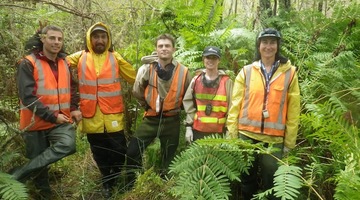
In this activity, students use the Ake Ake model to explore changes that have taken place in their local environment in the last 50–100 years and to plan for the next 50 years. By the end of this ...
READ MORE
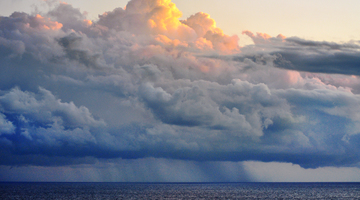
In this activity, students watch a short slide show presentation explaining what precipitation is and how clouds form. By the end of this activity, students should be able to: explain what ...
READ MORE
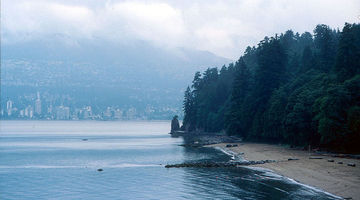
In this activity, students construct models that resemble rain falling on a hillside to observe factors affecting soil erosion and ground stability. By the end of this activity, students should ...
READ MORE

Be part of a worldwide movement and use Global Earth Challenge to submit or classify photos to help our planet’s environment and human health. Global Earth Challenge is a citizen science campaign ...
READ MORE

Globe at Night is an international citizen science campaign to raise public awareness of the impact of light pollution by inviting citizen scientists to measure and submit their night sky ...
READ MORE

Litter is everywhere – but how much is there, and why does it matter? Litterati is an online citizen science (OCS) project that allows participants to photograph, upload and tag litter in their ...
READ MORE
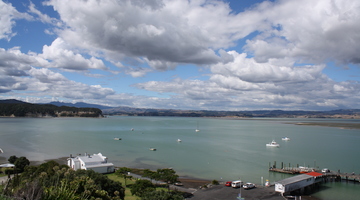
With 75% of New Zealanders living within 10 km of the coast, many students will be familiar with estuaries. In scientific terms, estuaries are the interface between the land and the sea – the ...
READ MORE
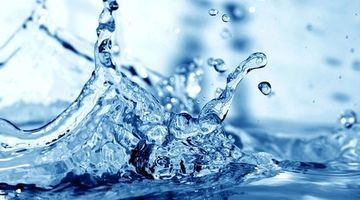
About 70% of Earth’s surface is covered by water. It is found just about everywhere and is the only naturally occurring substance on Earth existing in solid, liquid and gas states. Water is ...
READ MORE

Students carry out a practical investigation to help AgResearch scientists monitor the spread of Microctonus aethiopoides (a tiny wasp) and its success as a biocontrol agent for clover root ...
READ MORE
One of the most exciting aspects of Dave Campbell’s job is working with students. Not only does he get to teach science to students, but he is able to work alongside young researchers who are ...
READ MORE
The moon landing had a great side-effect for science. When rocks were brought back from the moon, scientists decided they wanted to be able to study them in an environment where no terrestrial ...
READ MORE
You would think that after many years researching, Professor Keith Hunter of Otago University would think he knows a lot. In fact, Keith finds the opposite is true – the more he learns, the more ...
READ MORE
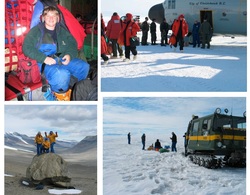
This slideshow presents images from Megan Balks and Jackie Aislabie's trips to Antarctica. Use the Slideshow menu for further options, including view full screen, and go here for the download ...
READ MORE
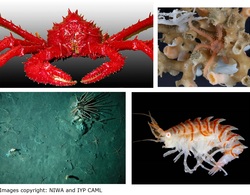
This short slideshow shows some of the animals found in the Antarctic benthic zone. Use the Slideshow menu for further options, including view full screen, and go here for the download option.
READ MORE
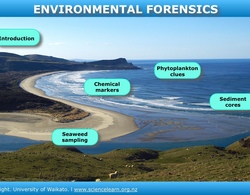
Dr Candida Savage explains the clues she collects in estuaries and fiords, to understand how changes in land use affect these environments. Click on the labels to watch the videos for more ...
READ MORE